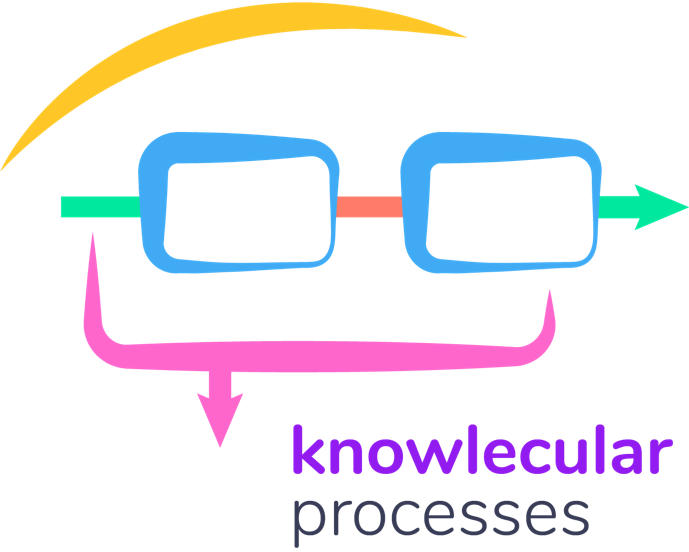3 Results from our new publication
“3 Results from our new publication”
Darrell Velegol, PhD
2024jul17
This paper from Kyle Bishop (Columbia University) and myself was super fun to work on! We published it in the journal “Entropy”. The primary purpose was to convert the Kelly Criterion (KC) into a convective-diffusion equation (CDE), and then borrow some of the amazing solutions developed over the past 100 years for the CDE. Kyle did most of the heavy lifting on the mathematics. The results are beautiful … and valuable. The KC has been used for almost 70 years to give the fraction of total budget you should bet on a particular project, to optimize growth. It’s simple to use, and balances return and risk especially well. In many cases you have approximate INNOVATION as a type of “bet”, although hopefully you’re playing with winning odds. Here are three important results from our Entropy paper:
1. Optimize the median. The Kelly Criterion optimizes the median outcome for your bet. Optimizing the mean or expectation value can give misleading results, if you have rare outliers. Imagine having 20 colleagues in a room, talking about our “average salary”. Suddenly, Elon Musk walks in! Our “average salary” has gone up dramatically -- even though we 20 are no richer. Our median, however, stays roughly the same.
2. Betting “half Kelly” is much safer. The KC gives the fraction you should bet, but your chances of going bust are highest in the first 5-10 bets. So some people have advocated betting half the KC recommendation, as an ad hoc rule. We use the convective-diffusion equation result with an absorbing boundary condition to show how often this will lead to ruin, and we quantify the ad hoc half Kelly rule. It turns out that the risk of ruin decreases exponentially as you bet a smaller fraction, while the returns reduce closer to linear.
3. Find the worse case and better case. Sometimes you want to know, if I could place a certain bet 100 times, what are the 5-10 worst and best outcomes I should expect? The convective-diffusion equation enables us to find this solution readily, and it tells you “How bad can this get?” and “What’s the best I should hope for?”
To learn more, message Kyle or me, and feel free to request a full PDF copy of the paper.
